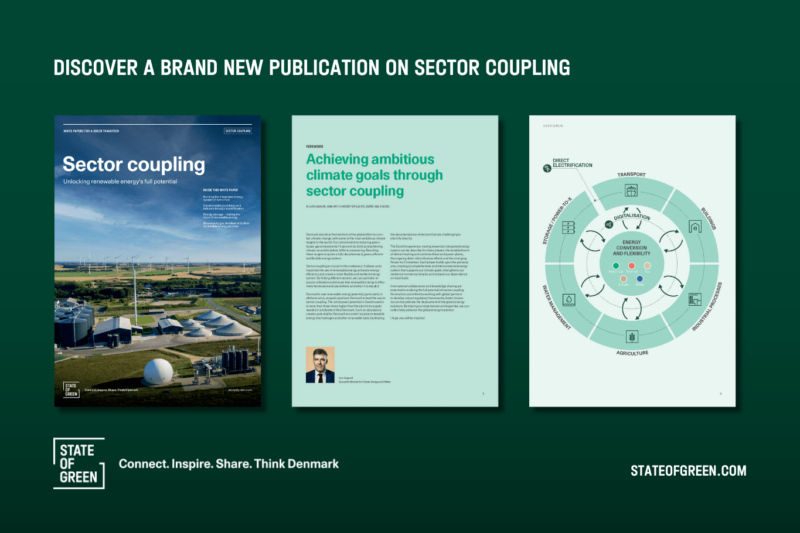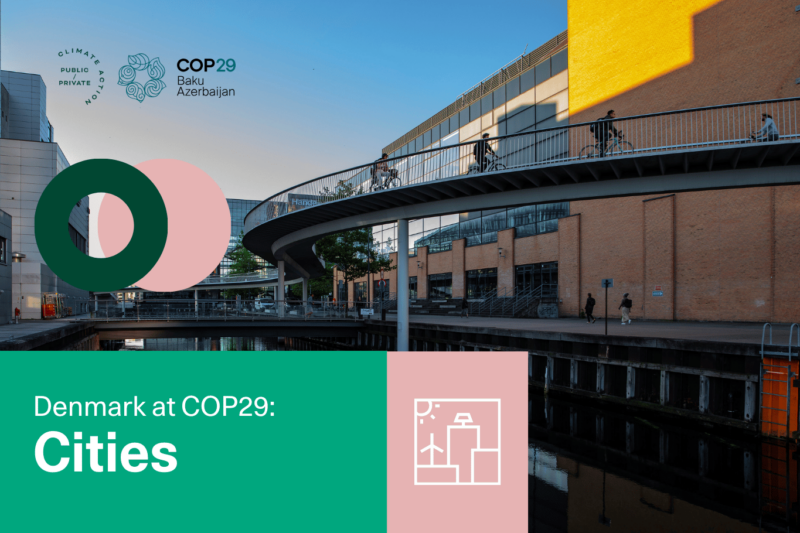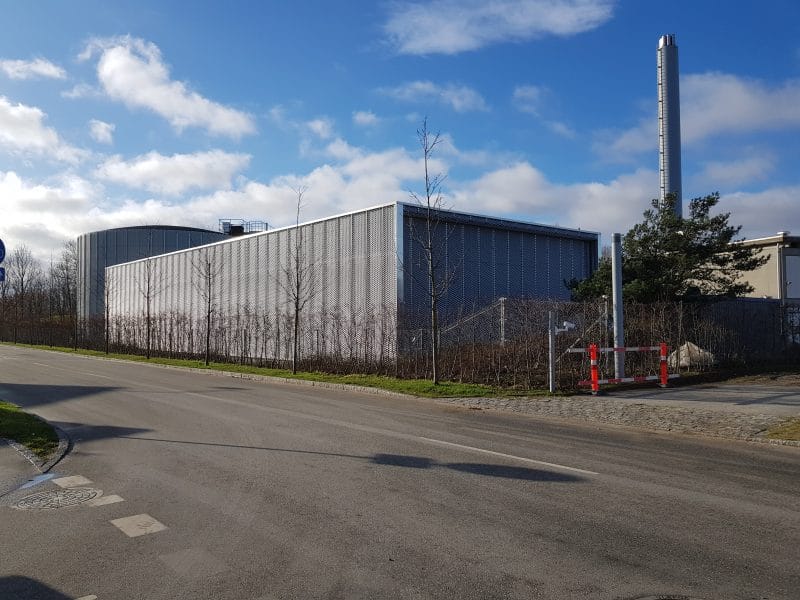News
Climate change adaptation
Flood prevention
Nature based solutions
+3
Copenhagen’s Climate Adapted Neighbourhood Inspires New York


Together with the Danish companies behind the Sankt Kjelds solution, Copenhagen is visiting New York hosted by the Danish Cleantech Hub. The focus is how Danish solutions within climate adaption can make New York more resilient to climate change and extreme weather, whilst at the same time improving the life quality for the citizens of New York.
"Copenhagen is well advanced in efforts to secure the city against the dramatic climate change that the world faces. Therefore, we are an ideal role model for other large cities worldwide. New York would like to learn from us, which will benefit the many Danish companies specialising within this field. But Copenhagen can in several areas also learn from New York, with regards to improving our work to protect the capital against cloudbursts as well as rising sea levels", says Copenhagen Mayor of Technical and Environmental Affairs, Mayor Morten Kabell.
- Related News: Climate agreement between Copenhagen and New York
The Sankt Kjelds Model
One of the main reasons for the Copenhagen-New York partnership, is the experiences with climate adaption and the solutions developed in the climatic quarter of Sankt Kjelds in Østerbro. Here, they have developed solutions to the challenges that come with great amounts of rainwater, whilst making the neighbourhood greener and more attractive to live in. The overall aim for the neighbourhood is to have flexible surface solutions that can manage daily rain locally. During cloudbursts, the surface solutions are combined with a conventional split rainwater sewer system which ensures a controlled transport of the rainwater to the nearest harbour or lake. The participating Danish companies behind the solution are: Rambøll, COWI, SLA, Henning Larsen Architects, Envidan, Orbicon, DHI, Tredje Natur and NIRAS.
Read more about the solution here.
In the Sankt Kjelds neighbourhood the aim of using rainwater as a resource is partly to reduce the risk of flooding by optimising the rainwater management and partly to contribute to creating more green and liveable cities. In this sense, adapting to a changing climate and developing attractive urban spaces for people to enjoy become two sides of the same coin.
- Learn more about Sustainable Urban Drainage Systems
Climate Adaptation creating Social Impact
The Sankt Kjelds climate adaptation actions, not only help ptotect the city from the effects of climate change, but can also have a positive impact on the economic and social wellbeing of urban citizens. A Realdania report demonstrates that green actions not only help prevent climate change or protect the city from the effects of climate change, but can also have a positive impact on the economic and social wellbeing of urban citizens. Such benefits include job creation, improved air quality, better health and reduced congestion. The Copenhagen modelis an example on how methods can be used by cities to measure the co-benefits of climate action, adapting to climate change, whilst creating a higher value of life.
- Download Report: The Co-Benefits of Sustainable City Projects
You should consider reading
solutions
Climate change adaptation
+4
WATER CONSERVATION IN AFRICA
4 November 2024Perspective
Sector coupling
+9















